For fans of circuit-based motorsport, the world of rallying might seem like a confusing alternate dimension. But you shouldn’t fear the World Rally Championship – it regularly delivers some of the most dynamic racing in extraordinary venues.
On the face of it, it’s the most unique motorsport in the world. Drivers race the clock rather than each other in the most exotic locations, day and night, with a co-driver directing them the entire time.
You might need some time to get used to it, but the World Rally Championship delivers hair-raising racing action. And fans who attend the races get an adrenaline rush of their own, getting closer to the action than at any traditional racing circuit.
If rallying seems like a daunting prospect, don’t worry. This guide will break everything down from what cars you’ll see racing, what a co-driver does, and where on the globe the World Rally Championship takes place.
World Rally Championship for Beginners
What cars race in the World Rally Championship?
There are three teams in the WRC: Hyundai Shell Mobis, M-Sport Ford and Toyota Gazoo Racing. Each team features multiple driver partnerships, and so has more than one opportunity at victory.
Three cars compete across these teams. They are each based on road cars you drive past on the motorway every day. Hyundai drive Hyundai i20s, the M-Sport Ford team races a Ford Puma Rally, and Toyota Gazoo races the Toyota Yaris.
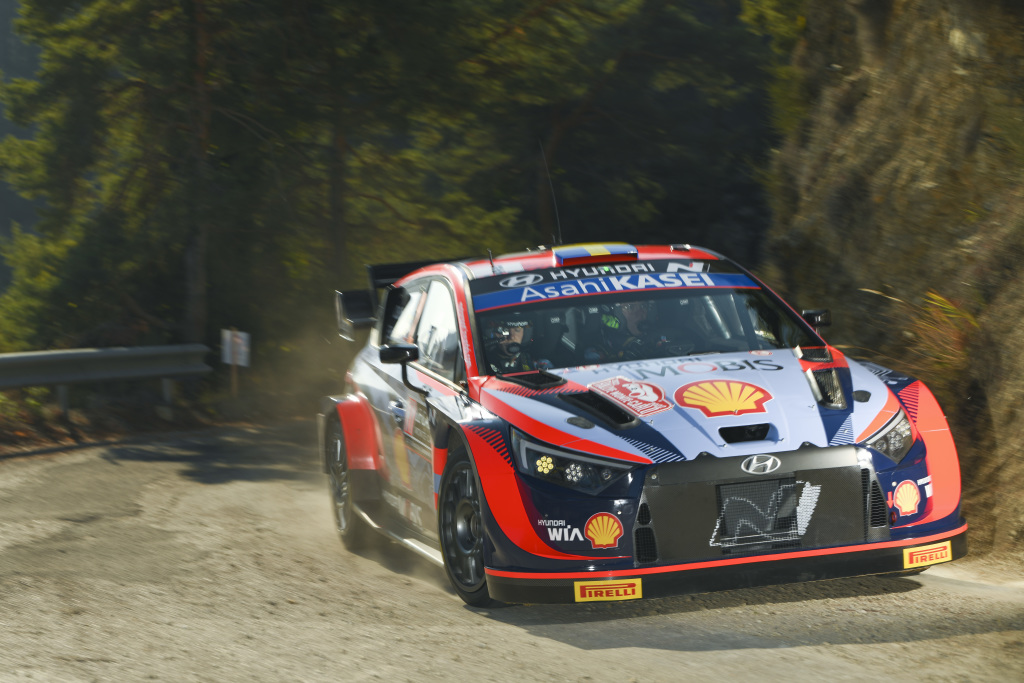
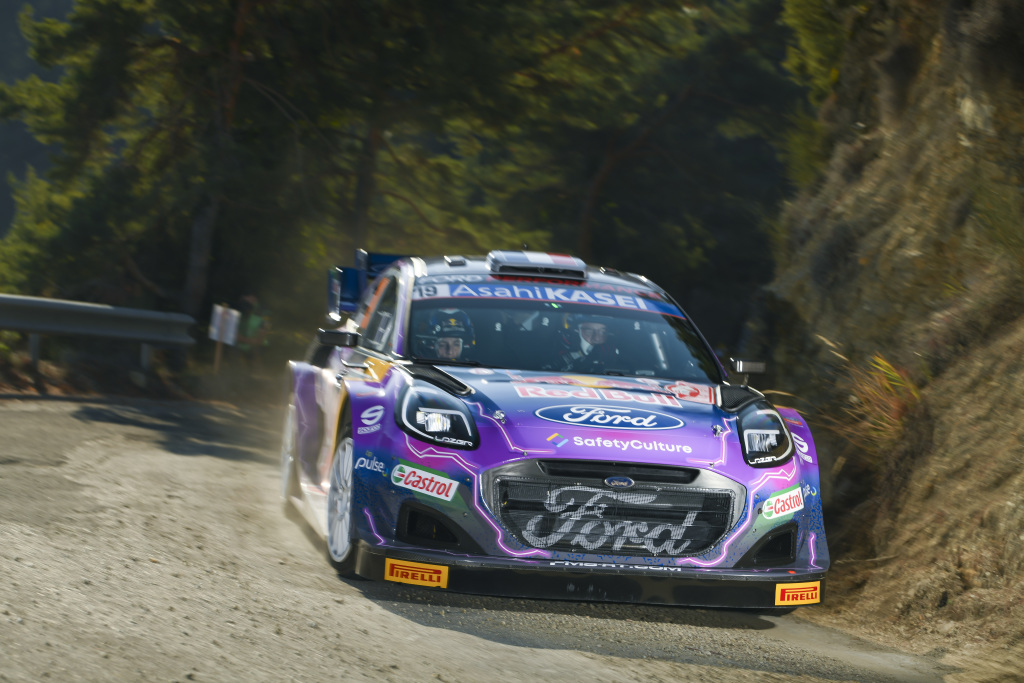
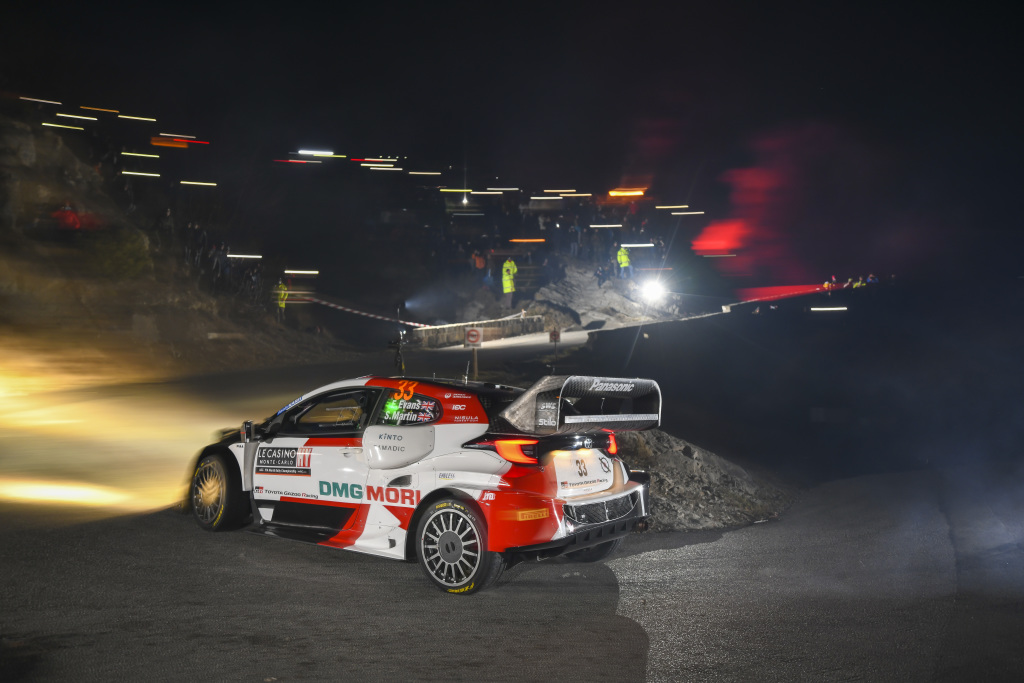
However, every Rally1 car is engineered for the extreme conditions rally drivers face – from icy mountain passes to rugged desert trails. Manufacturers build these machines to rally specification, featuring:
- 1.6L turbocharged engines
- Approximately 330 horsepower (down from ~380 hp due to the removal of the hybrid boost)
- Six-speed sequential gearbox
- Permanent four-wheel drive
- Minimum weight of 1,190 kg (reduced from previous years due to the elimination of the hybrid system)
While power is slightly lower in 2025 without the 100 kW (134 hp) hybrid boost, the cars are lighter and more agile, making them just as aggressive and spectacular to watch.
As of 2025, hybrid drivetrains are no longer prominent in Rally1 cars, with them now operating a purely internal combustion format. The cars rely solely on their 1.6L turbocharged engines, without any electric motor assistance. This change simplifies the powertrain and reduces the vehicle’s weight by 80 kg. All energy management and performance deployment are now handled exclusively through traditional combustion and mechanical systems, with no FIA-regulated hybrid deployment during stages.
Engineers also equip Rally1 cars with advanced aerodynamic packages, including large rear wings, front splitters, diffusers, and side skirts. These bespoke components are carefully engineered to optimise grip, balance, and high-speed control across a wide variety of surfaces and conditions.
Where does the World Rally Championship race?
World Rally Championship’s biggest selling point is its variety. During the 2025 season, the series races in 14 countries across four continents. Each rally presents different challenges to the drivers, from terrain to weather.
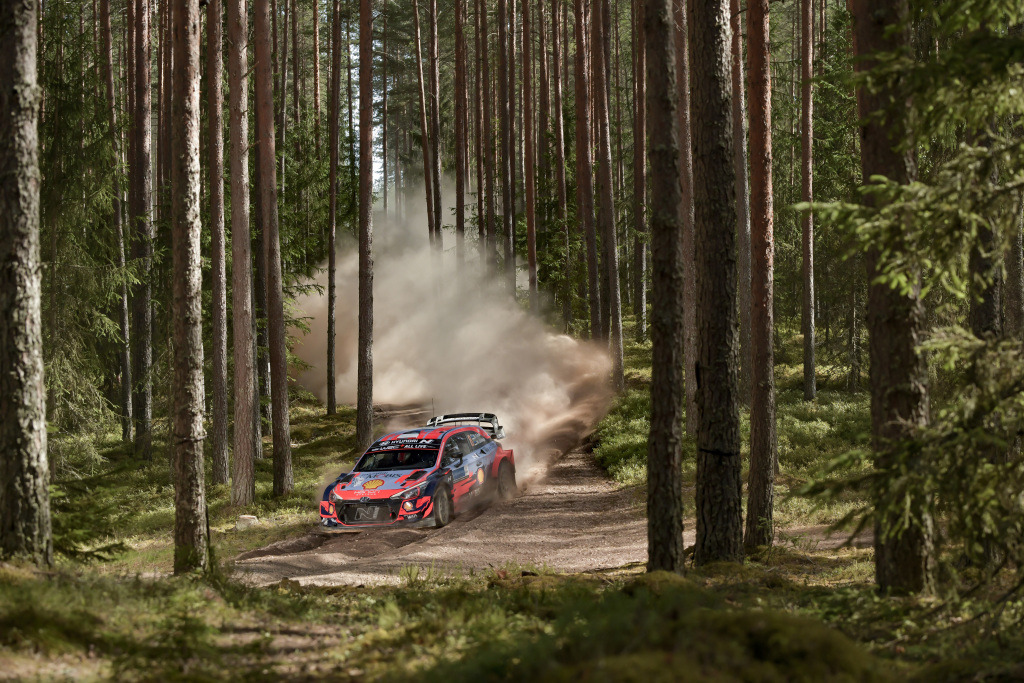
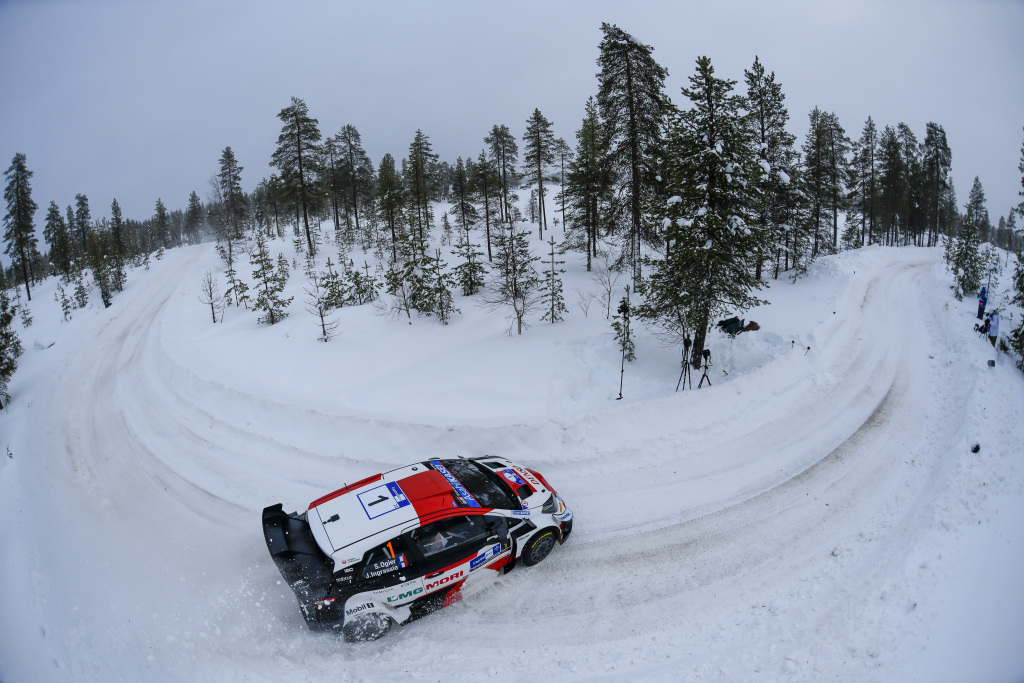
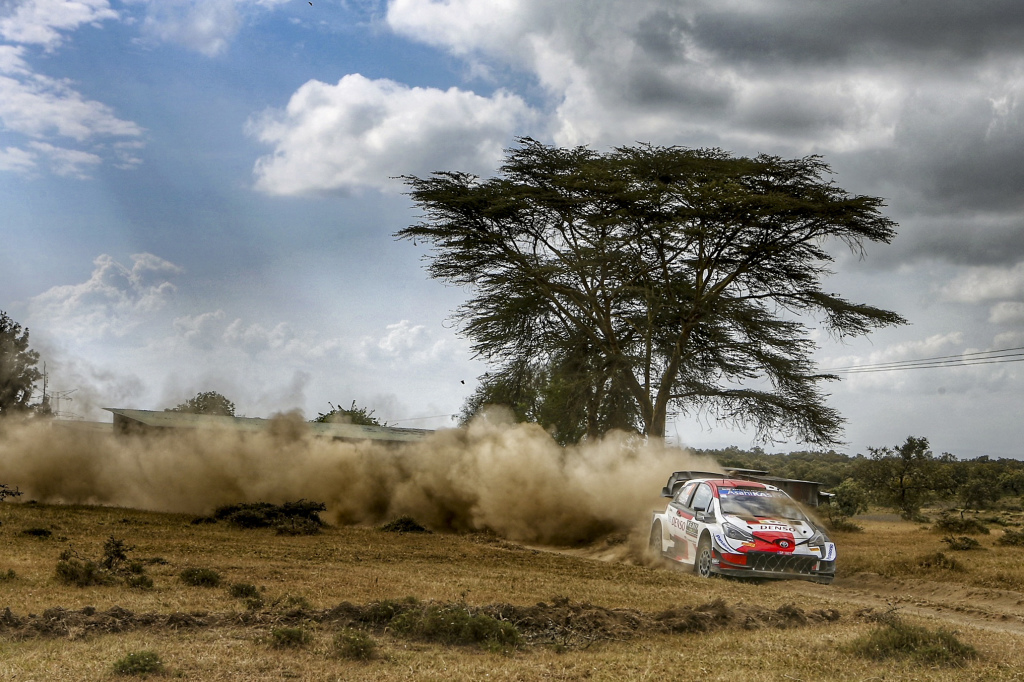
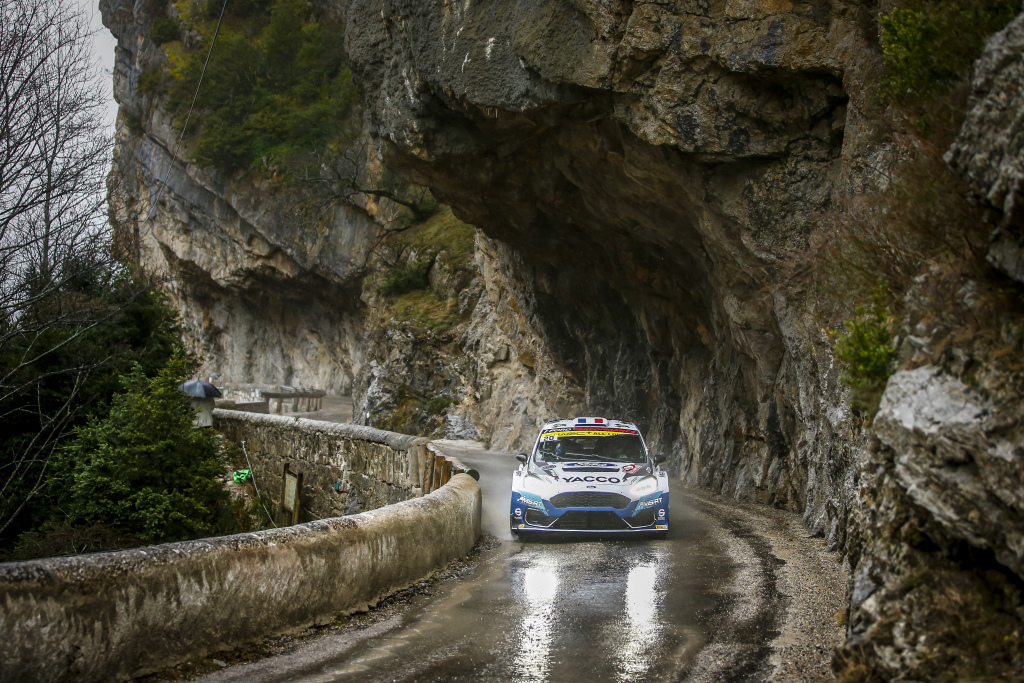
For instance, Rallye Automobile Monte Carlo takes place on the public tarmac roads around Monaco. While F1 fans enjoy the blistering sun during the Monaco Grand Prix in summer, rally drivers tackle mud and snow in the Alps each January.
Many of the events on the 2025 calendar take place on fast and flowing gravel tracks. Rally Estonia explores the forest and lake regions of the scenic northern European country, offering high-speed gravel action on wide roads with frequent jumps.
But some of WRC’s races are the most unique motorsport events on the planet. Rally Kenya might well be the toughest rally stage in the world. Its dusty desert tracks take the cars through safari-style routes along the Kenyan plains.
At the other end of the spectrum is Sweden, held in snowy forests around Umeå. Finland hosts a drier rally in the centre of the country but has previously hosted an Arctic Rally in Lapland.
Each country brings its own character, with Spain, Italy, Paraguay, Japan and Saudi Arabia all hosting rallies
| Round | Dates | Rally | Service Park | Surface | Stages |
|---|---|---|---|---|---|
| 1 | 23 – 26 JAN 2025 | WRC Rallye Monte-Carlo | Gap, Provence-Alpes-Côte d’Azur | Mixed | 18 |
| 2 | 13 – 16 FEB 2025 | WRC Rally Sweden | Umeå, Västerbotten County | Snow | 18 |
| 3 | 20 – 23 MAR 2025 | WRC Safari Rally Kenya | Naivasha, Kenya | Gravel | 21 |
| 4 | 24 – 27 APR 2025 | WRC Rally Islas Canarias | Las Palmas, Gran Canaria, Spain | Tarmac | 18 |
| 5 | 15 – 18 MAY 2025 | WRC Rally de Portugal | Matosinhos, Portugal | Gravel | 24 |
| 6 | 05 – 08 JUNE 2025 | WRC Rally Italia Sardegna | Olbia, Italy | Gravel | 16 |
| 7 | 26 – 29 JUNE 2025 | WRC Acropolis Rally Greece | Lamia, Greece | Gravel | 17 |
| 8 | 17 – 19 JULY 2025 | WRC Rally Estonia | Tartu, Estonia | Gravel | 20 |
| 9 | 31 JULY – 1 AUG 2025 | WRC Rally Finland | Jyväskylä, Finland | Gravel | 20 |
| 10 | 28 – 31 AUG 2025 | WRC Rally del Paraguay | Encarnación, Paraguay | Gravel | 19 |
| 11 | 11 – 14 SEPT 2025 | WRC Rally Chile | Concepción, Chile | Gravel | 19 |
| 12 | 16 – 19 OCT 2025 | WRC Central European Rally | Passau, Germany | Tarmac | 17 |
| 13 | 06 – 09 NOV 2025 | WRC Rally Japan | Toyota City, Japan | Tarmac | 19 |
| 14 | 27 – 30 NOV 2025 | WRC Rally Saudi Arabia | Jeddah, Saudi Arabia | Gravel | 20 |
What is a stage?
When the World Rally Championship rolls into town, it sets up multiple routes in the local area. These can vary anywhere from 3km to 35km in length, and each car will take on each route at least twice in different ‘stages’.
A stage is a single against the clock time trial which every team runs throughout the weekend. Drivers may run each route twice per day (a ‘leg’) before tackling new routes in the next day’s leg.
If you’re in the local area on race weekend, you could see the cars passing through your local town, as the drivers navigate from one route to the next alongside other cars on the road.
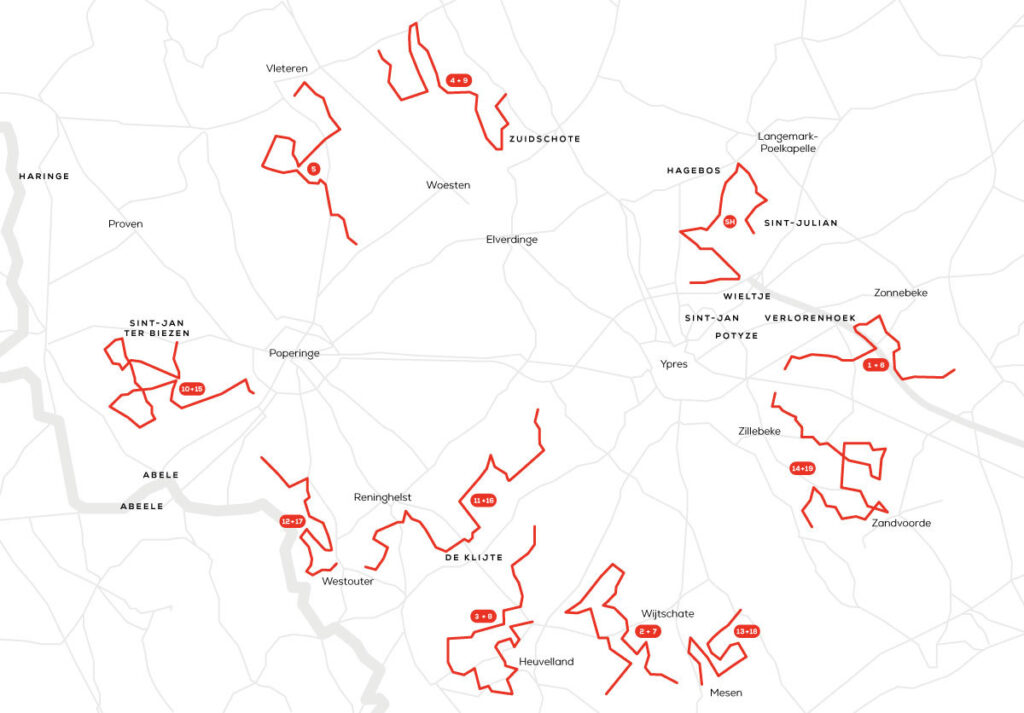
How is the winner of a rally decided?
At the end of each stage, the drivers’ times are recorded. Officials add each stage time to the previous ones, so by the end of the weekend, every car has a cumulative time.
Officials will also add penalties along the way. Drivers can be penalised for cutting corners, making certain repairs, or even arriving late or early for the next stage.
Once all the times and penalties are added, a winner is declared. The WRC awards 25 points to the car that wins the event, 18 for second place, 15 for third, 12 for fourth, and so on down to 1 point for tenth place.
The final stage is usually a ‘Power Stage’. The organisers award 5 points to the fastest car in this stage, 4 points to the second-placed car, and so on.
New in 2025 – This year has seen the introduction of ‘Super Sunday’. On this day of the racing weekend, the organisers award 5 points to the fastest car, 4 points to the second-placed car and so on. The premise behind this is to keep the drivers battling right until the very last stage of the rally. It was previously noticed that cars on the last day were very slow to safely join the Power Stage if they had too much advance on cars behind. This makes the spectator experience much better as cars are fighting at every stage.
What does a co-driver do?
A co-driver is the most important navigation system in all of motoring. Unlike circuits, rally drivers can’t memorise every turn – they face new, unique routes on each stage.
But the stakes are much higher than in road racing. One slip on one corner, and your car could be falling wayside down a mountain. Such a fall could leave irreparable damage, not to mention the risk of injury.
So a co-driver sits in the passenger seat, directing the driver throughout the rally. The co-driver notes each stage, guiding the driver on corner direction, severity, and straights between turns.
These instructions need to be clear, concise and accurate, so the driver can prepare the speed of the car and find the right gears. If it goes wrong, the car could end up flying off the course.
The co-driver reads from pace notes, which are made before the stage and are a rally driver’s Holy Bible. These have complete detailed information from the incline of the course, any jumps they might have to tackle, and in-depth cornering instruction.
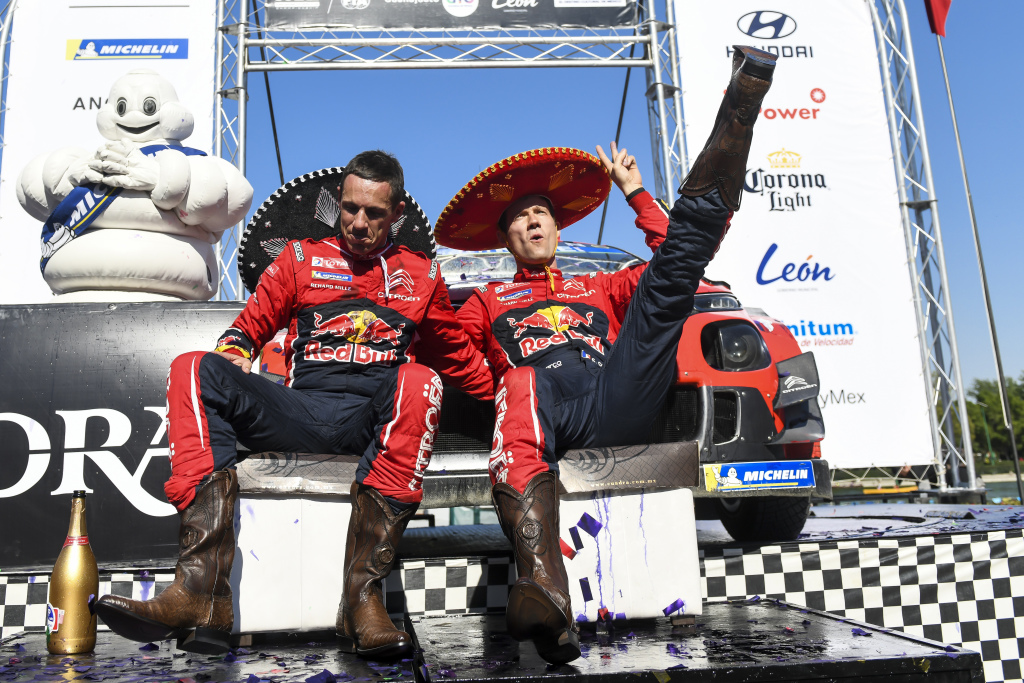
What happens if a rally car needs repairs?
During a rallying event, each team sets up a mobile garage in a central position. Teams bring the cars back here for service throughout the day, and they work on them overnight.
However, sometimes repairs need to be undertaken on the road. Each car carries at least one spare tyre, which the driver and co-driver fit between stages if they get a puncture.
But often, drivers or co-drivers must perform more complex repairs out on the road. This mechanical and engineering knowledge is what makes rallying teams some of the most experienced and impressive drivers in the world of racing.
The World Rally Championship also has Service Parks. This is a designated area where teams bring their cars between stages to perform maintenance, repairs and adjustments. It’s a crucial part of the rally, and mechanics often perform spectacularly to fix the whole car in a very limited period of time.
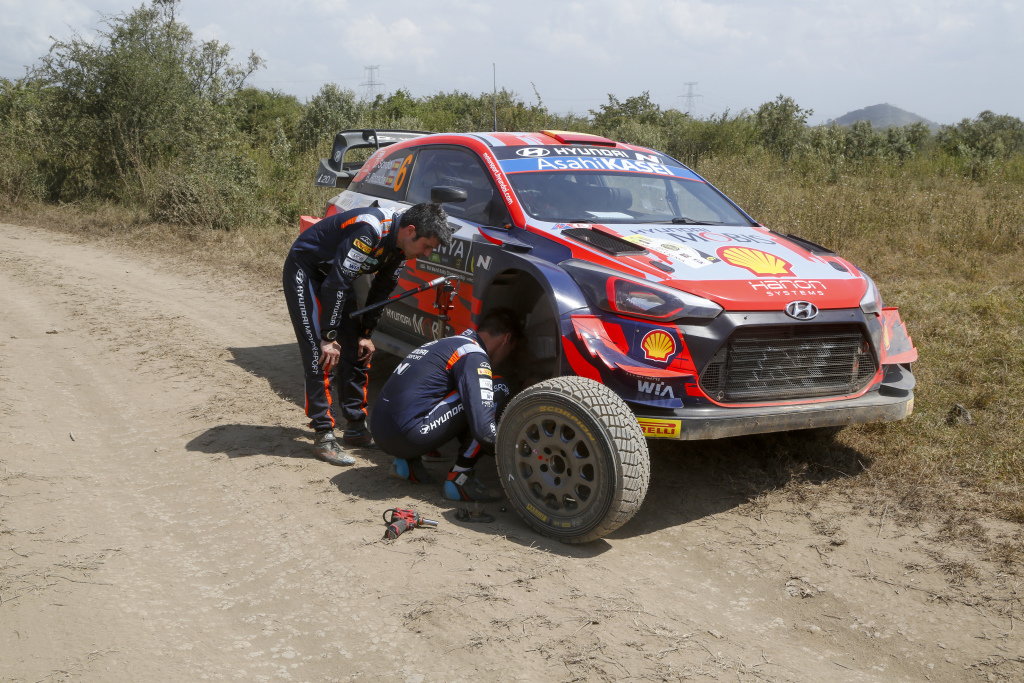
Copyright: Motorsport Images.
How many series are there?
Like Formula 1 has the F2 and F3 support series, WRC also runs two support series in addition to a Junior WRC.
Like the main WRC series, WRC2 and WRC3 use production-based cars, but teams modify them to a different specification. WRC2 features a deeper pool of teams and drivers than Rally1, with multiple manufacturers represented through customer and semi-works entries. Teams use several different Rally2-spec cars, including the Škoda Fabia RS, Citroën C3, Ford Fiesta, Hyundai i20 N, and Volkswagen Polo GTI R5 (though the Polo sees less use now, as development has stopped).
The WRC2 and WRC3 championships run the same stages on the same dates as the main event. Spectators booking tickets to the WRC will see the support series in action alongside the main series cars.
Can fans attend rallying events?
Yes! Thankfully, fans can attend events on the World Rally Championship calendar, and get up close and personal with the machines. It’s not an unfamiliar sight to see spectators lining the course at what might seem like a dangerous distance.
You can book tickets that guarantee entry to certain stages at an event. You will attend one stage, before following the rally to the next stage. This is often a walk or short drive away and makes for an exciting adventure as you follow the pack on the road. There are also hospitality packages available, which grant you access to a lounge where you can meet fellow WRC fans.
To find out which 2025 races are currently available, visit our WRC page.
